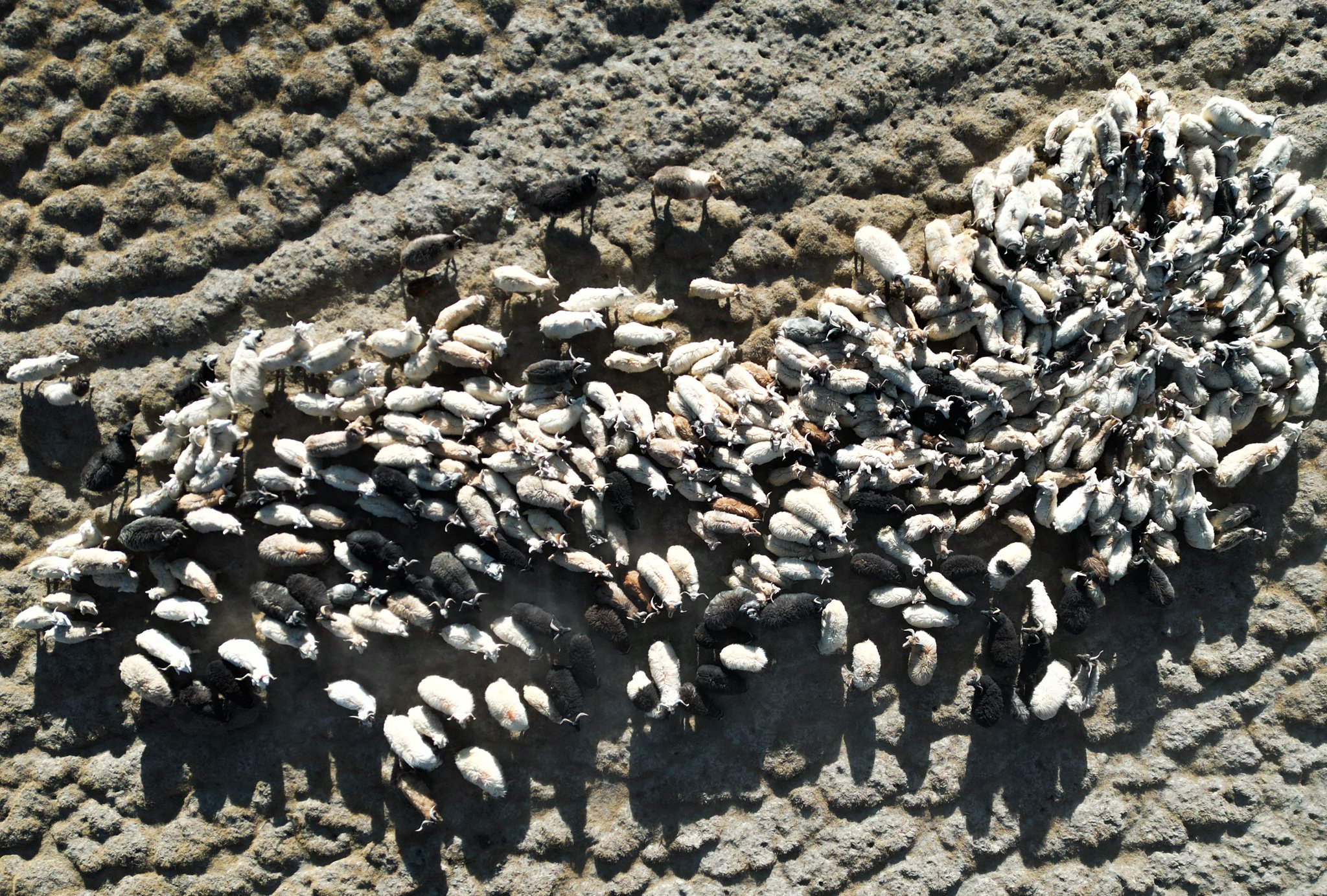
Nomad from Changthang Plateau
By Jigmat Lundup, 2023
More than 250 km away from Leh, Kakjung is situated in Eastern Ladakh in the Changthang Plateau, near the border with China. This is where an elderly woman, Sherab Dolma, lives, with her flock of 200 sheep and goats. Now in her seventies, she flew from Tibet when she was about 13 years. She was far from being alone and in the mid 1960s, an estimated 5000-6000 Tibetan nomads like her came to India via Demjok along with thousands of yaks, sheep, goats, and horses. Sherab Dolma has 3 brothers but two of them passed away. Back in Tibet, they were from a nomadic area called Pongpa.
Today, in wintertime, for about two months, Sherab Dolma lives near a small lake called Tsokor. The territory of the pastureland of the nomads extends until Nider. The nomads travel around and spend time at different places like Heena, Dungti, Rongo, Loma, and Tanglung. Over the years, the pastureland has changed. Earlier the nomads used to have enough grassland to feed the animals but now, due to encroachment at the border and the recent creation of a no-manland zone, their grazing area has become smaller and smaller. This is the difficult life of the nomads in Ladakh today.
There are around 8 families who live in Kakjung with the flocks of sheep and goats. In her family, Sherab Dolma represents the last generation of nomads: her children do not share her interest in this lifestyle. Nowadays, younger generations are either studying or working in Leh or working as a laborer for the Border Road Organization. They have other aspirations, and they are not attracted by the difficult work of the nomads. But Sherab Dolma continues to maintain her subsistence by selling pashmina and wool, as well as selling sheep and goats in summer and autumn. With the decline of the community of nomads, the landscape around has also changed. Sherab Dolma sometimes misses seeing around the many Rebo tents made of yak wool like in the old days. The last time she saw such a tent was about 15 years ago.





